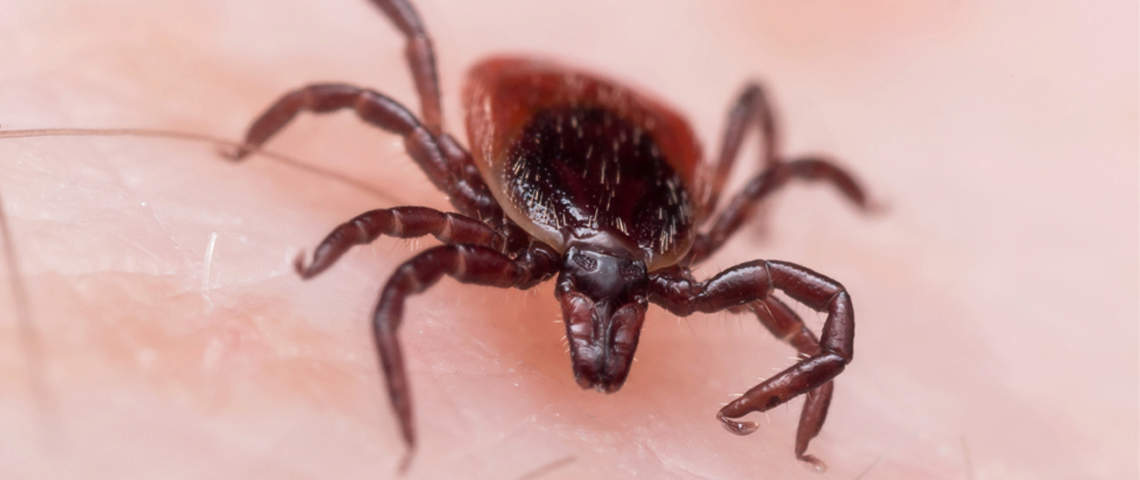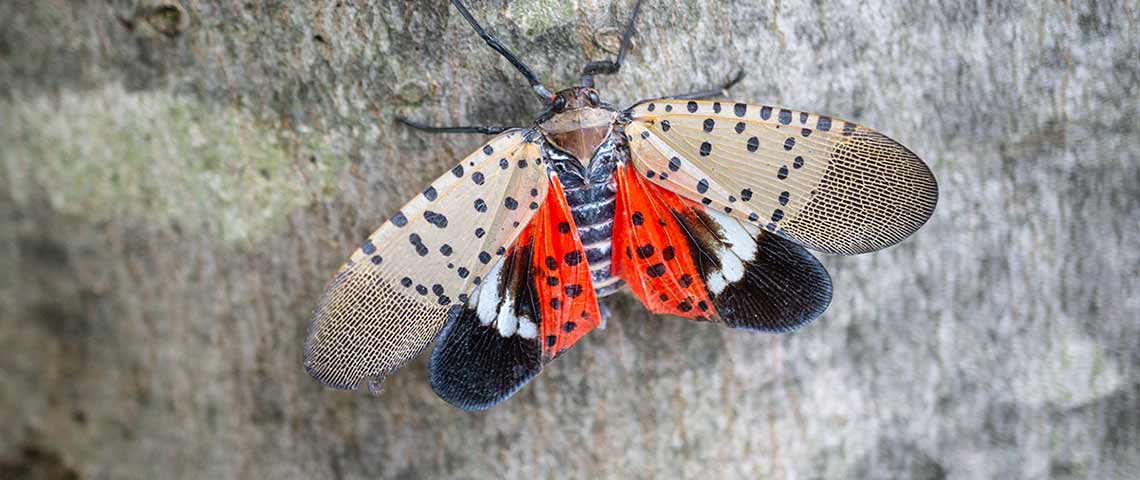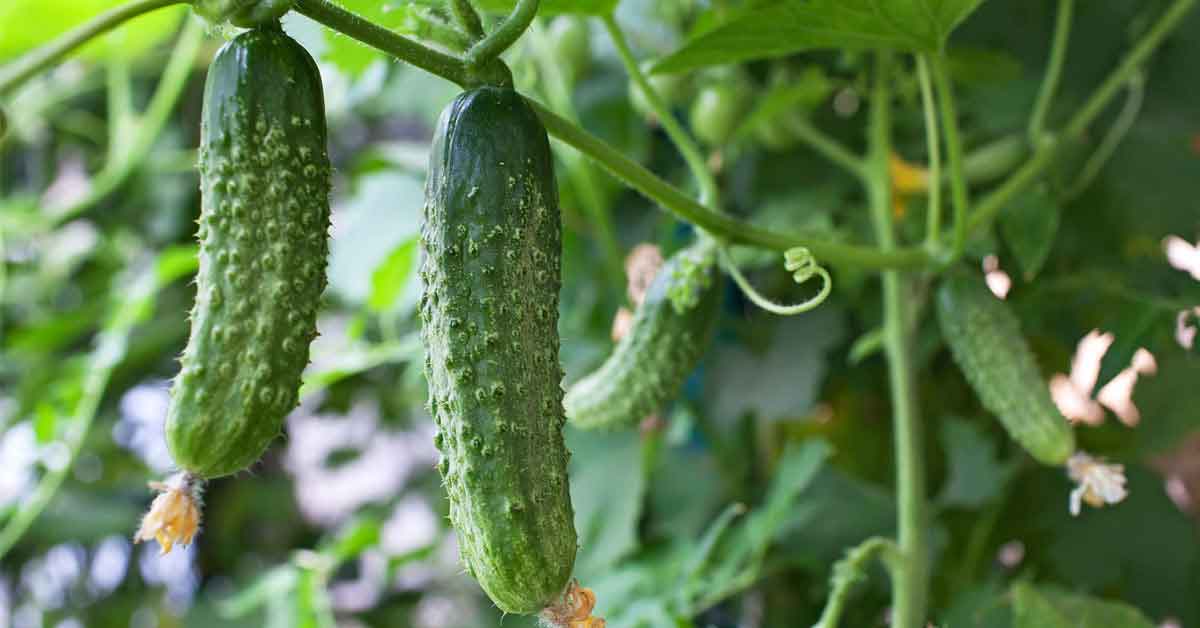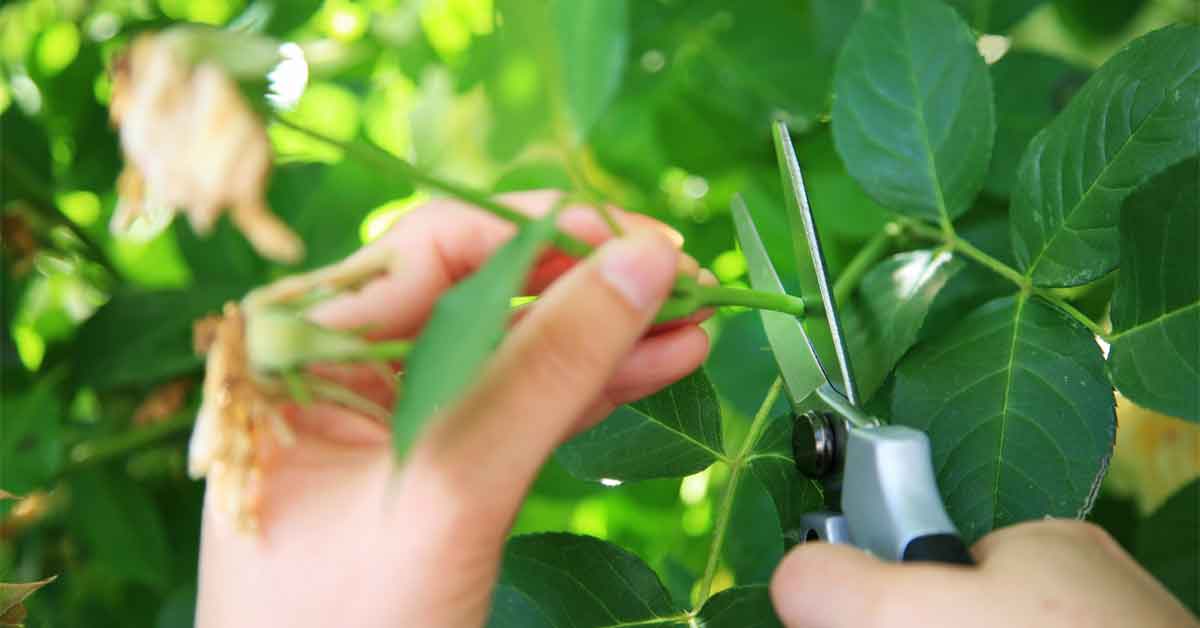How to Grow Hydrangeas from Cuttings
Every hydrangea lover knows there's always room for more hydrangeas in your garden. And if you're really short on space, you probably have friends who'd love replicas of your favorite hydrangea for their own garden. With proper timing and basic propagation techniques, you can grow new hydrangeas from simple stem cuttings. Just follow these steps to multiply your hydrangeas and their breathtaking blooms:
- Time hydrangea cuttings for optimal results.
- Gather your tools before you start.
- Take your hydrangea cuttings in early morning.
- Treat hydrangea cuttings with rooting hormone.
- Plant your hydrangea cuttings promptly.
- Care for your hydrangea cuttings — and enjoy.
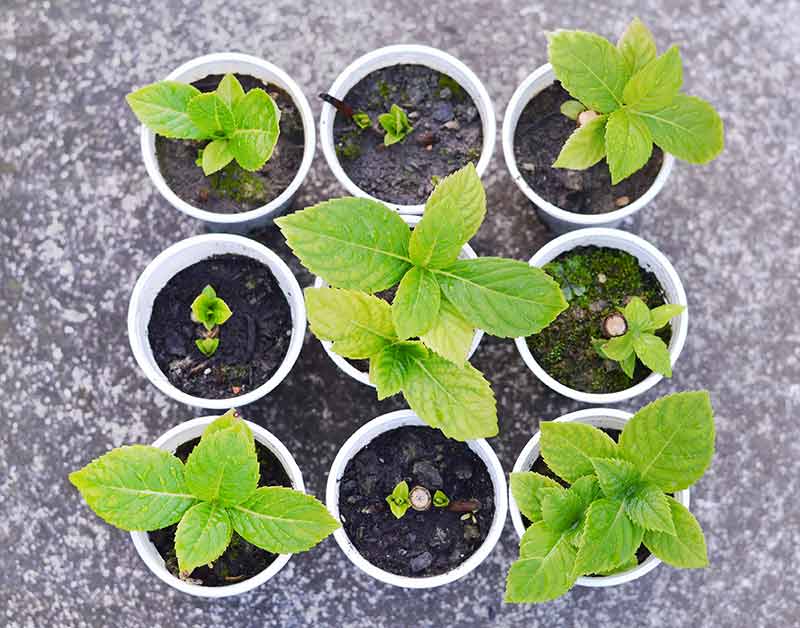
Softwood hydrangea cuttings root quickly and easily.
1. Time hydrangea cuttings for optimal results.
Many people think of hydrangeas as perennial flowers, but these plants are woody-stemmed shrubs that root differently than non-woody, soft-stemmed plants. That's why rooting hydrangeas in water, like you may do with some houseplants, rarely succeeds. Root properly timed hydrangea cuttings in potting mix to optimize your results. As with propagating roses, hydrangeas offer some options. You can root hydrangeas from "hardwood" cuttings taken in late fall or early winter when the year's new stems have grown firm and mature. But hardwood cuttings are slow and challenging to root.1 Most professional hydrangea growers use "softwood" cuttings, which root quickly and yield far better results. Time your softwood propagation for late spring or early summer, when new stems first start to harden. In most regions, this happens between May and mid-July. At this stage, new hydrangea stems bend but snap off easily, and cuttings are predisposed to vigorous growth. A premium rooting hormone such as GardenTech® brand's RootBoost™ Rooting Hormone helps stimulate root development even more.2. Gather your tools before you start.
When propagation time arrives, assemble everything you need to work quickly and efficiently. Have the following items ready to go:- A sharp, clean knife or pruners for crisp, clean cuttings
- A container with shallow, warm water to prevent cuttings from drying out
- RootBoostTM Rooting Hormone and a small dish for dipping
- A planting tray or small, cup-like containers filled with moistened potting mix
- A pencil-sized stick or garden dibble to make planting holes
- Plastic bags to form miniature greenhouses around your cuttings
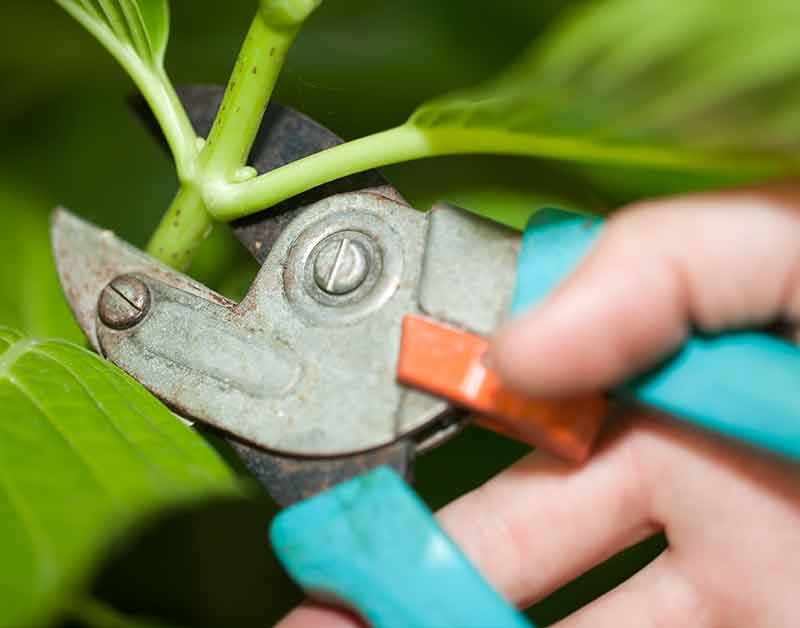
Take your hydrangea cuttings from new, light-colored stems.
3. Take your hydrangea cuttings in early morning.
Plants are most refreshed and hydrated in early morning, before the day's sun and heat set in. Moisture is critical to these shrubs. Hydrangea cuttings taken during these early hours have a great advantage over cuttings from hot, dehydrated stems.
Choose a new stem from the current year's growth. It will be lighter in color than older stems. For best results, choose a non-flowering stem with lots of leaves. You can use multiple stems or use one stem for several cuttings.
Cut the stem into 4- to 6-inch lengths with your knife or pruners. Cut each piece right above the node where leaves attach to the stem. These nodes are where new roots will form. Remove all the leaves except one set at the top of each cutting. Then place the cuttings in shallow, warm water to keep them hydrated as you work.
4. Treat hydrangea cuttings with rooting hormone.
A rooting hormone stimulates root development on hydrangea cuttings and encourages vigorous, uniform root growth. This improves your success rate and helps ensure you have well-rooted plants when you're through.
Pour a small amount of RootBoostTM Rooting Hormone into the dipping dish. Pour only what you need; you'll discard the excess when you're finished. Never dip cuttings directly in the product container or you may contaminate it all.
Work one cutting at a time. If needed, re-moisten the cutting, then dip the bottom half of the stem in RootBoostTM to cover it thoroughly. Pay special attention to the rooting nodes. Gently tap the stem to remove excess hormone, and your cutting is ready to go.
5. Plant your hydrangea cuttings promptly.
Use the stick or dibble to make planting holes in your prepared potting mix. Make holes at least 2 to 3 inches deep and big enough to insert a cutting without dislodging the rooting powder. Insert the cutting so the potting mix covers the stem's bottom half and at least two bare nodes. Then gently firm the potting mix around the cutting.
If your cuttings have large leaves, like those of bigleaf hydrangea, you can remove the top half of the leaf to cut down on moisture loss.1 Cover each cutting's container with a plastic bag to create a mini greenhouse and conserve humidity. If needed, insert a stick to support the bag so it won't rest on the cutting's leaves.
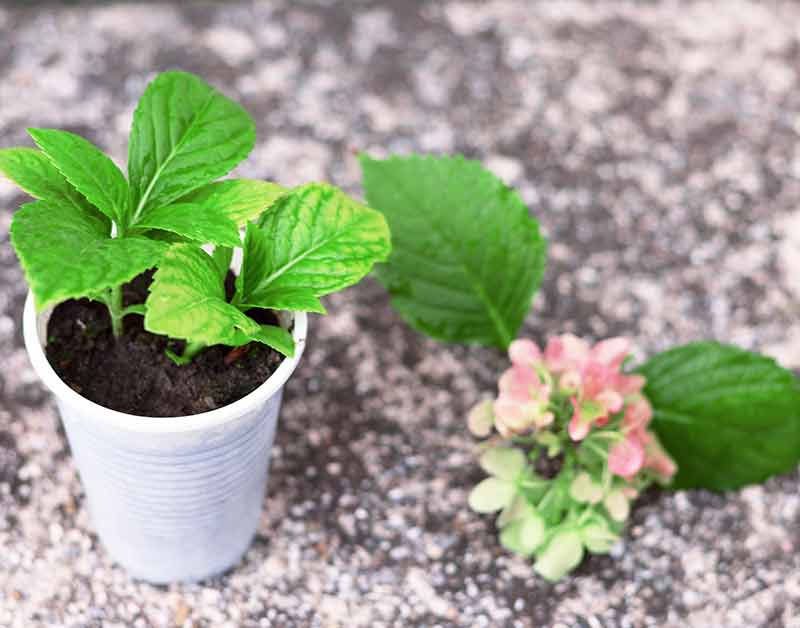
Replicate your favorite hydrangea and multiply your blooms.
6. Care for your hydrangea cuttings — and enjoy.
Place your covered cuttings in a warm area with indirect light. At this tender stage, avoid direct sun. Water the potting mix as needed to keep it moist but not soggy. Mist your cuttings regularly to avoid dehydration and keep the humidity in your mini greenhouses high.
Rooting time varies depending on several factors, including temperature, humidity and the health of your parent plant.1 But most hydrangea softwood cuttings should root in two to four weeks. To test your progress, pull very gently on a cutting. You'll feel a slight resistance from delicate new roots. Soon, you'll see new leaf growth as well.
Once your new hydrangeas are well established and show strong, healthy new growth, celebrate your propagation success. Transplant your creations into larger containers as the next step toward the garden — or send them on to their new homes.
If insect pests trouble your hydrangeas, turn to trusted Sevin brand garden insecticides. Be sure and check the label for the pest involved. For fungal leaf diseases, teat your hydrangea foliage with Daconil brand fungicides. Treat just the leaves, not the blooms.
With a little help from GardenTech brand and RootBoost Rooting Hormone, you can enjoy the satisfaction of propagating hydrangeas of your own. Let us help you make the world a little more beautiful with the hydrangeas you share and grow.
Always read product labels thoroughly and follow instructions carefully.
GardenTech is a registered trademark of Gulfstream Home and Garden, Inc.
RootBoost is a trademark of Tech Pac, L.L.C.
Resources:
1. E. Evans and F. Blazich, "Plant Propagation by Stem Cuttings," North Carolina State Extension.
Get Monthly Gardening Advice!


